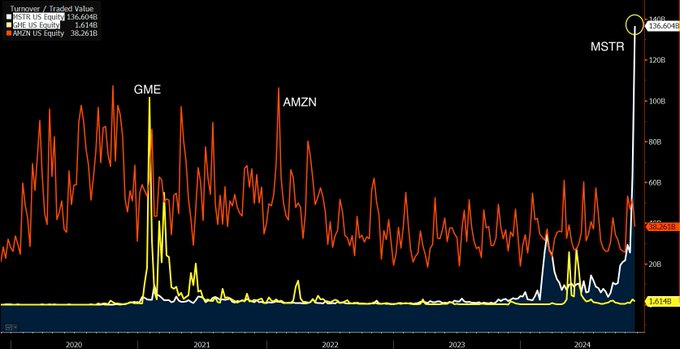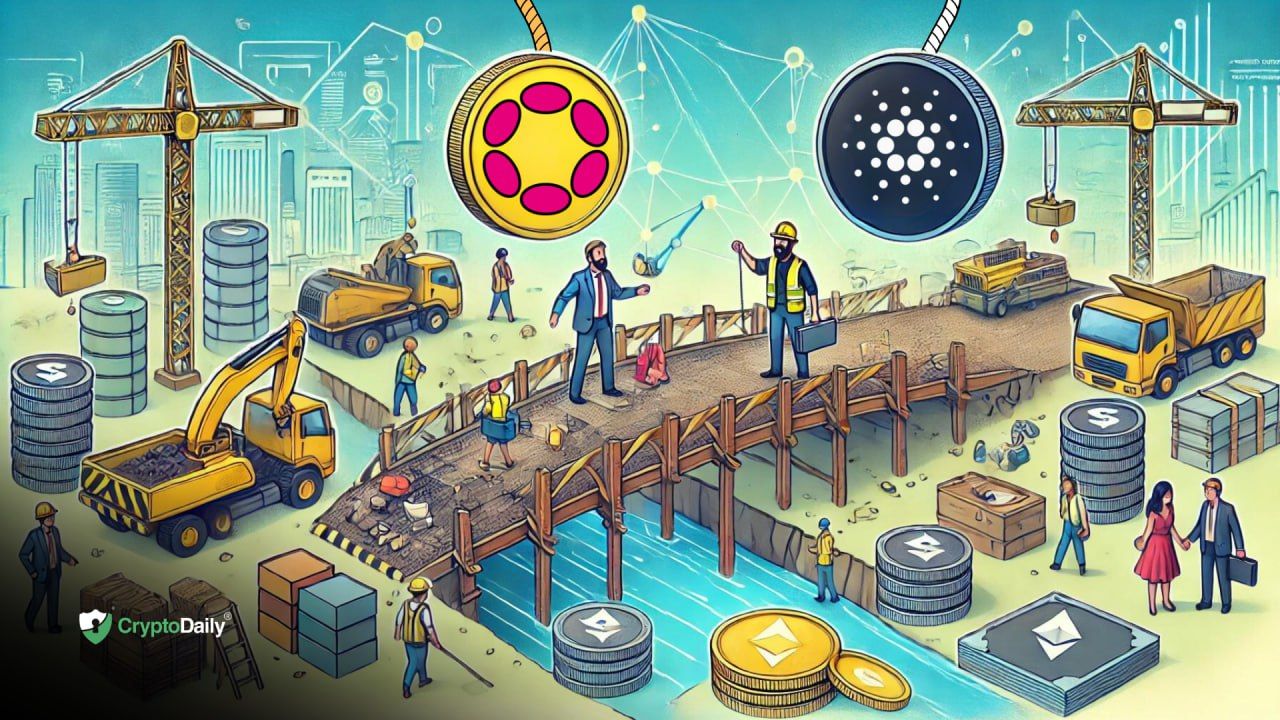Crypto’s environmental credentials have been bolstered with the news that the EOS Network Foundation is leading a campaign to transform EOS into a green blockchain. Not content with being carbon neutral, the chain will go a step further to become ‘climate positive.’ This will be a first for a crypto network and is sure to spark debate in an industry whose power consumption is frequently under the spotlight.
The EOS Network is already carbon-neutral thanks to its proof of stake design that ensures it makes no material contribution to environmental degradation coupled with a carbon offsetting program. There’s always more that can be done to counter climate change, however, and the EOS Network Foundation, tasked with developing the chain, has decided to go all out. In conjunction with Upland and Aerial, it’s intent on making EOS a climate positive blockchain ecosystem.
EOS Enters the Rarified Atmosphere of Climate Positive
Since launching five years ago, EOS has boasted impeccable environmental credentials. As a PoS chain, its energy consumption was already low compared to that of PoW networks such as Bitcoin. To further enhance its reputation in this department, EOS has always offset the 242 tonnes of CO2 it consumes annually. The next phase in the protocol’s evolution will see further measures taken to address climate change.
Moving forwards, EOS will offset 3x the energy it consumers, effectively counteracting the emissions of two additional proof of stake networks. While these benefits may seem slight from an environmental perspective, EOS’ new direction is about more than just capturing carbon. In positioning itself as an ultra green blockchain ecosystem, EOS stands to attract projects whose ethos aligns with its own. This may drive the development new applications, operating on EOS network, that are focused on sustainability.
A New Era for Blockchain
The crypto industry has been on a curious trajectory, going from scarcely featuring on environmentalists’ radar to attracting their ire to becoming their ally in the fight against climate change. Criticism against blockchain networks reached fever pitch in 2017 as digital asset prices soared and Bitcoin’s energy consumption, which rivals that of a small country, became a point of contention.
Since then, the emergence of so-called second generation blockchains, including EOS, built on proof of stake, have helped temper the environmental onslaught the industry once faced. Now, as the industry embraces web3, its blockchain networks are being used for hosting IoT and edge computing, and for applications ranging from sustainable fishery projects to tracking plastic disposal. These are the sort of use cases that may prove suited to the green and carbon positive EOS network.
The partners EOS has enlisted to establish its environmental credentials may not seem obvious selections at first glance, but a closer examination reveals their track record for supporting similar causes. Metaverse superapp Upland simulates different aspects of real life within a virtual environment, while Aerial is a major sustainability platform. Upland has notably been involved in EOS’ carbon offsetting up until now. With carbon positivity now in place, EOS has another string to its bow. And crypto’s defenders have another example to tout of blockchain’s sustainability.
Disclaimer: This article is provided for informational purposes only. It is not offered or intended to be used as legal, tax, investment, financial, or other advice.





